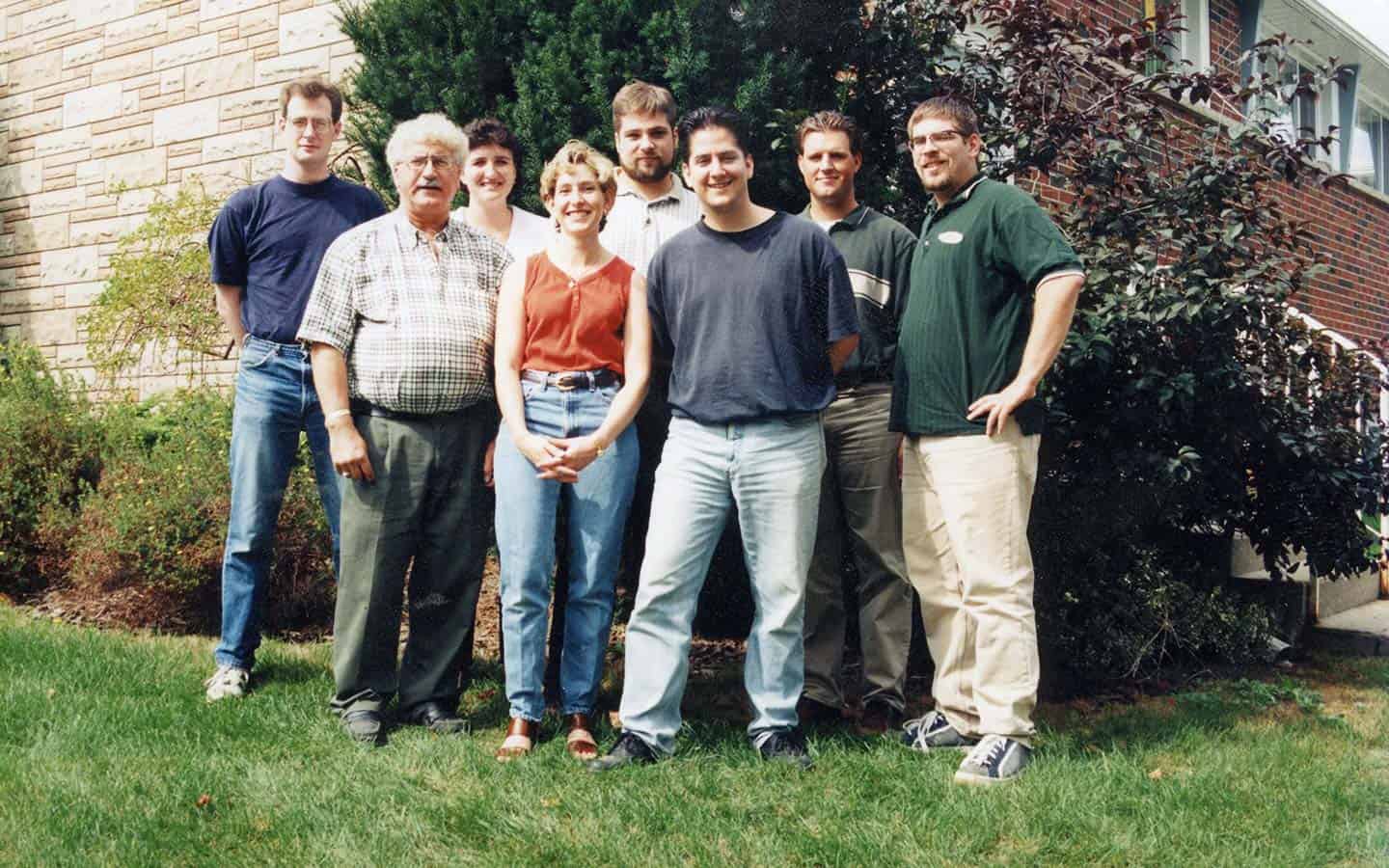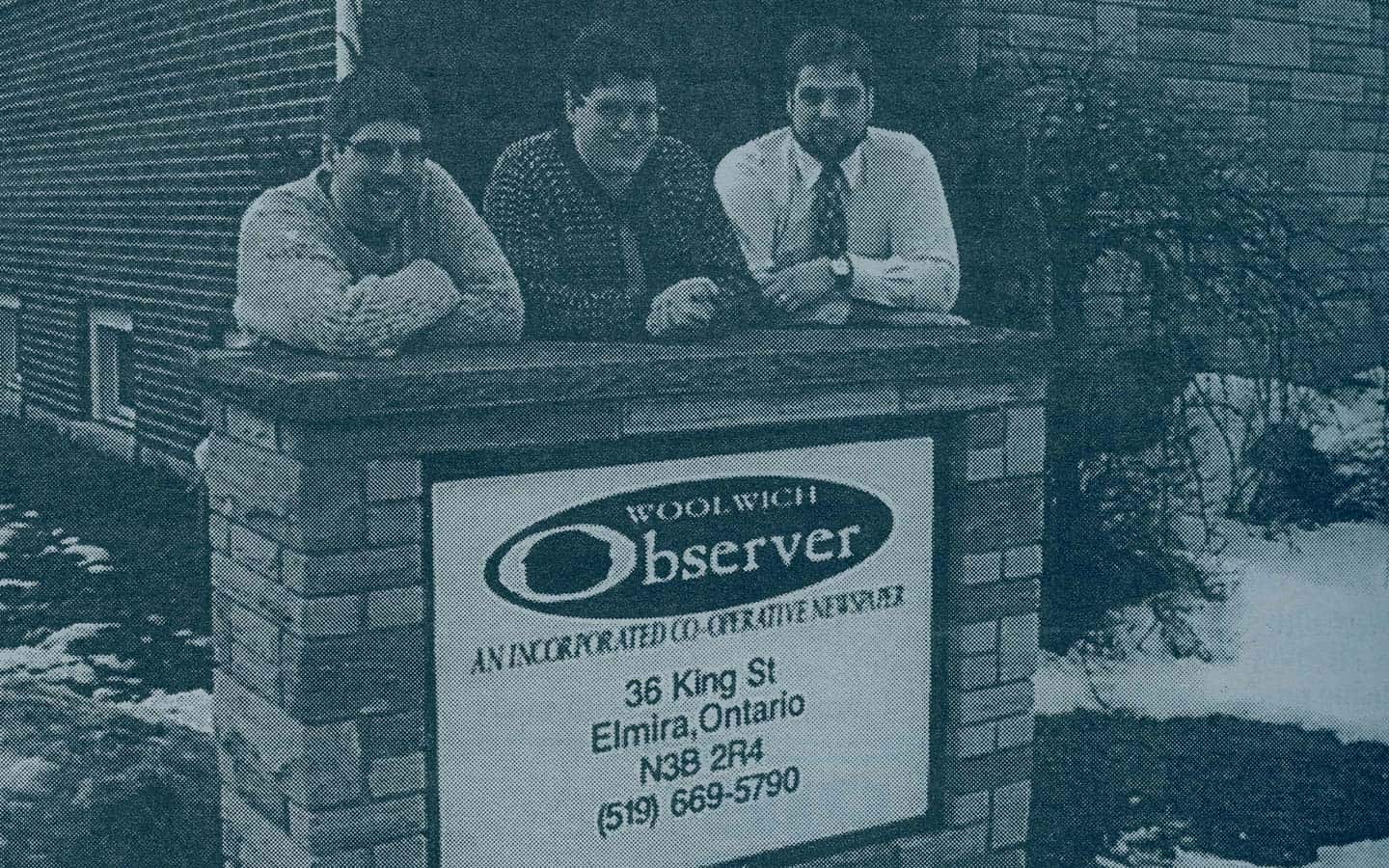The Observer was launched with community journalism at the forefront, though the founders certainly have a deeper view of what that means.
“When we started, we certainly wanted a newspaper that reflected the community that we served. To this day, that has changed,” said publisher Joe Merlihan of the impetus behind the publication launched 25 years ago this month. “But back then we were completely new to the business. Over the years, we’ve seen the importance of local journalism here and everywhere else.”
Merlihan notes the business of newspapers has changed dramatically over the last 25 years. While corporate interests have led to the reduction in actual journalism and the loss of many papers, the need for local journalism remains. Today, it’s independent community newspapers that carry the banner.
The pandemic has put in the spotlight the role the importance of the news media – Statistics Canada studies show traditional media is Canadian’s number-one source of information about the crisis – and the economic stress on the industry, though it’s not alone in that regard.
Traditional news organizations have long been counted on during crises, notes a study done last year by Ryerson University’s Local News Research Project.
“What’s new this time, however, is that public reliance on the news media has spiked at the same time as the pandemic’s eradication of advertising revenue is threatening the survival of many local news providers. The erosion of local journalism and its attendant risks for local democracy were cause for concern before COVID-19 came along: Although 121 local news operations have launched since the 2008 recession, more than 300 newspapers, online sites and broadcast outlets shut down in 214 communities over the same period, according to data from the Local News Map run by the Local News Research Project at Ryerson University’s School of Journalism and collaborators at the University of British Columbia. Layoffs have ravaged many of the surviving newsrooms,” wrote April Lindgren.
“Twenty-five years ago, no one could have predicted all of the technological changes that were coming down the pike for the newspaper industry. We certainly didn’t know what to expect, but we’ve done our best to keep local news the priority through all the changes,” said Merlihan of The Observer’s experience.
That’s a sentiment reflected by long-running columnists Owen Roberts and Steve Galea, whose words have been found in these pages for much of the paper’s existence.
“Independent journalism is holding up not because of advertising revenues (obviously), but rather because its readers find its contents tops for dependability and pertinence,” said Roberts.
“Watching the Observer’s editorial scope grow over the past 25 years has been fascinating. At about the same time it was being launched, the Internet arrived. That gave news consumers ready access to a plethora of world news and views that were once hard to access. Today, I see much more emphasis in the Observer about how global events, including those I cover in agriculture and food, affect us locally.
“Still, the Observer remains the go-to source for conventional local news.”
That’s a view shared by Galea, who has his firsthand experience with local newspapers, along with his weekly humour column.
“I have worked in independent community newspapers for more than 20 years and, though they are under a greater amount of pressure, I feel they are more valuable and needed than ever. More than that, they are worthy of your support,” said Galea. “Who else is going take the time to learn about our communities and the very specific issues and growing pains they face? What other source of media has that in-depth historical knowledge your community newspaper has worked so hard to accumulate? A community newspaper, from its choice of features, news coverage and even columnists like me, provides the truest reflection of the people it serves.”









